Sometimes you've got a head of lettuce that you want to eat but it lacks a certain youth. In other words, it's wilted and browning at the edges. Other times, you get to the grocery store near the end of day and the only lettuce or greens available look a little on the sad side.
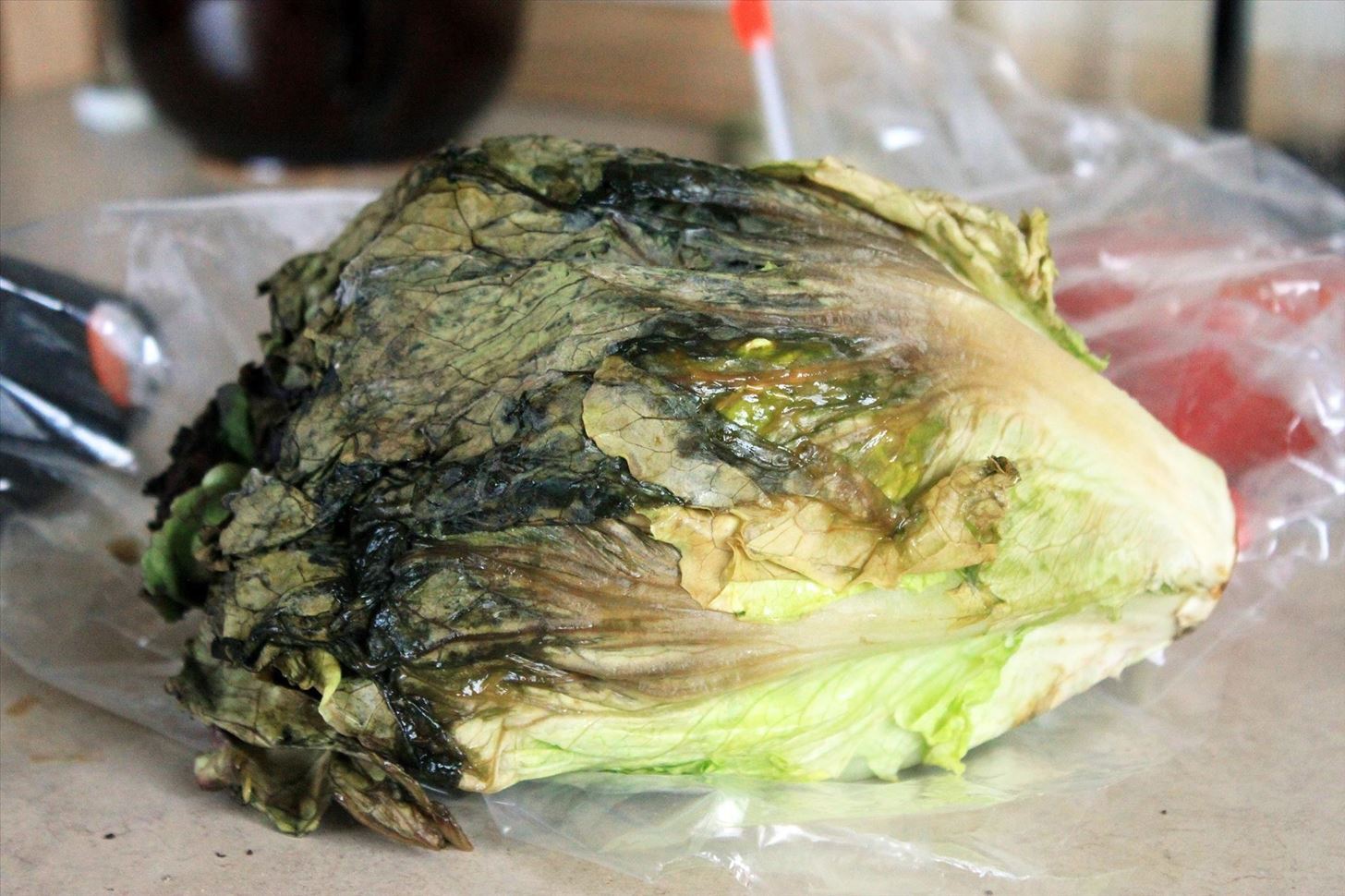
Never fear. You're not doomed to a meal of fast food or mouthfuls of soggy salad. You can easily revive those leaves and have something crisp, green, and delicious for your next meal, so don't dump it in the trash.
Why Is Your Lettuce Looking So Limp?
Most vegetables are at least eighty to ninety percent water, but once they're harvested, they have a limited water supply to draw upon. That means that the fresh, crisp lettuce you bought goes into the refrigerator and immediately begins losing moisture.
It helps to store it properly beforehand, and that means wrapping it in a dishtowel or paper towel before putting it into a plastic bag.

Even if you're extremely careful, the water inside the lettuce will start to evaporate and the cells that held the moisture will shrink, which leads to those sad, droopy leaves.

To revive your lettuce, the answer is simple—it needs to be rehydrated. Once water within those cells is replenished in the process known as osmosis, your lettuce will be as good as new (or nearly so).
Give Your Lettuce a Cold Water Bath
Produce jockeys and seasoned home cooks alike know that plunging leafy greens into water will revive them and give them some semblance of their former crispness.

The trick is to cut off any browned parts and leave them submerged for at least twenty minutes (up to an hour if you've got the time). This technique works well for lettuces and other greens like arugula and baby spinach.

If you like to conserve resources, you can also try trimming the ends of the lettuce and standing them upright in a container of water, which can also be effective. This is actually a better method to use for heartier leafy greens like collards, chard, and kale, which have tougher exteriors and will absorb more water through the stem.

No Extra Ingredients Required
To really boost the hydration of your lettuce, conventional kitchen wisdom suggests squeezing the juice of half a lemon (lemon juice also helps keep avocados, guacamole, apples, and pears fresh) or adding a tablespoon or two of white or apple cider vinegar to the water. The idea is that the acid present in those substances encourages cell turnover within the leaves, which means they absorb more water.

However, Katheleen M. Brown, a professor of plant biology, says this isn't necessary. Her research indicates that soaking vegetables in cold tap or iced water without any additives and storing them in the refrigerator rather than on your countertop is most effective:
"Additives actually reduce the difference in osmotic potential between the vegetable and water and reduce the rehydration rate," she says. "Besides, you don't need those flavors."
Air and water temperature matter during the revival process, Brown advises. "When the air temperature is lower, the vapor pressure deficit — the driver of moisture loss — is smaller."

After the cold water bath, remove your lettuce, give it a final rinse if so desired, and prepare it for the upcoming meal. Some say that the revived lettuce is good for at least another two days, but I prefer to use it up as quickly as possible, otherwise the chances that I'll forget about eating it again are very, very high.
Just updated your iPhone? You'll find new emoji, enhanced security, podcast transcripts, Apple Cash virtual numbers, and other useful features. There are even new additions hidden within Safari. Find out what's new and changed on your iPhone with the iOS 17.4 update.
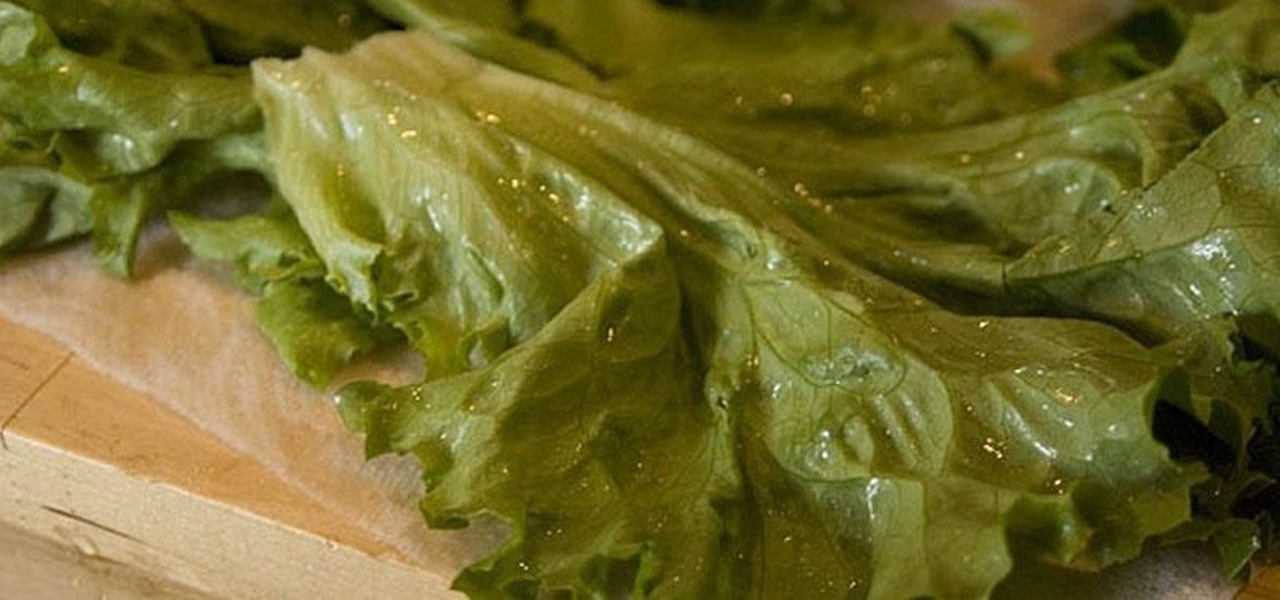








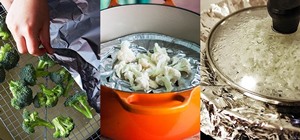

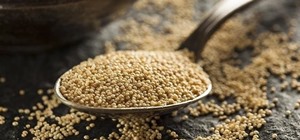



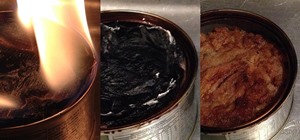



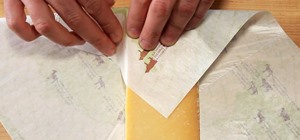



2 Comments
Generally accurate with the exception of water temperature you should use tepid water not ice cold water as this shocks the plant and inhibits the absorption of water. Too warm and you cook it. You can do this (trimming and crisping is what it's called by the pros who know) over and over as needed. At a retail level it's done daily. You can do this with leaf lettuce, males, parsleys, cilantro, napa, bok choy, fennel green onions. Been doing this a long Time just thought I'd chime in. KCCO
You saved my kale and my sex life. Thanks.
Share Your Thoughts